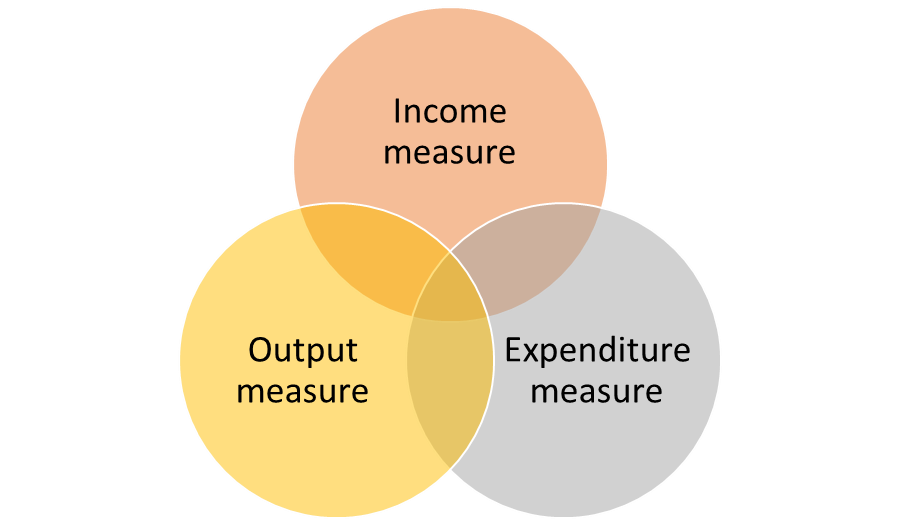Handout: What is GDP?
14th September 2015
What is GDP?
Gross Domestic Product or GDP, is one of the most important economic statistics. GDP is an invaluable indicator of the state of the economy in a single number.
If GDP figures show a rise on the previous three months, then the economy is growing. If the GDP figure falls over the three month period, then the economy has contracted. If the GDP figure falls over two consecutive quarters then the economy is in recession.
How is GDP measured?

GDP can be calculated in three separate ways:
- Output measure:
The output measure records the total value of the goods and services produced in all sectors of the economy, namely: agriculture, manufacturing, energy, construction, the service sector and government.
- Expenditure measure:
The expenditure measure records the total value of the goods and services purchased by households and by government and investment by business in machinery and buildings. The expenditure measure also includes the value of exported goods and services but deducts the value of imports.
- Income measure:
The income measure records earnings in terms of wages and profit.
Theoretically, all three methods of calculating Gross Domestic Product should produce the same figure for GDP.
In theory all three approaches should produce the same number.
The Office for National Statistics (ONS) publishes a single measure of GDP which is calculated using all three ways of measuring, apart from the first estimate,
Calculating an estimate for GDP is a complex process. The output measure is based on a survey of thousands of firms operating in the UK. The calculation of Total Output is generally considered to be the most accurate measure of GDP.
Calculating GDP
The main sources used for the calculation of GDP are the ONS surveys of service industries and manufacturing. Data is also collated from government departments.
Updated figures for GDP are published on a quarterly basis. These figures are subsequently revised as data is reviewed in order to ensure greater accuracy.
The UK produces the fastest estimate of GDP changes (within 25 days). This speed in collection and publishing data provides the UK government with an early insights into trends in GDP and the economy. The early figures are based upon output data. At the earliest stage only 40% of the data is available. As more data is gathered, GDP figures are revised.
At monthly intervals two subsequent revisions are made. Further revisions may be made up to two years after the initial prediction.
Use of GDP figures
1. The Bank of England
GDP is a key indicator of the health of the UK economy. GDP data is used by the by the Bank of England and the Monetary Policy Committee (MPC). It is a key indicator in determining interest rates.
If retail prices are judged to be rising too quickly, the Bank of England will consider increasing interest rates in order reduce inflationary pressure. The Bank of England may choose not to increase interest rates if GDP growth figures are recorded as being sluggish and it is judged that increasing interest rates could have an adverse impact on future growth.
2. The Treasury
The Treasury will use GDP data when determining economic policy. If an economy contracts, tax revenues tend to fall and the government will have to revise it tax and spending plans.
3. International bodies
GDP figures are used by various international organisations including the IMF, World Bank and the OECD to monitor comparative performance of different economies. The EU uses GDP estimates in order to determine UK contributions to the EU budget.



0 Comments